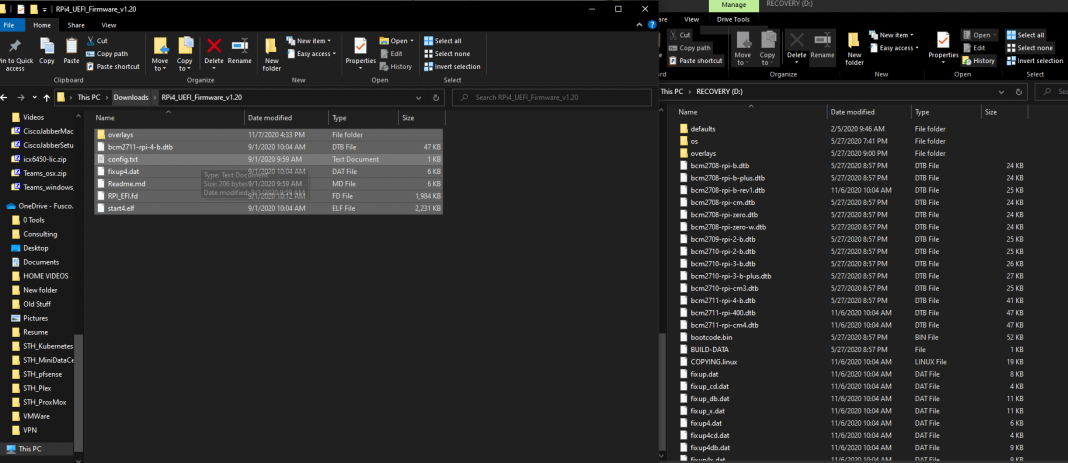

- #Burn vmware esxi iso to usb zip file#
- #Burn vmware esxi iso to usb Pc#
- #Burn vmware esxi iso to usb windows#

Let me know if you could do it this way or not. the reason being - my server is very old + it is an engineering sample + bios is very old and out of date. It took my server ages to boot but it worked fine. delete the file syslinux.cfg from your usb drive and replace it with isolinux.cfg file that is contained in the esx 3i. copy the files mboot.c32 and menu.c32 from syslinux directory to your usb drive.ħ. in the command prompt change your directory to c:\temp\syslinux\win32 and type syslinux.exe -s e: (where e: is your usb drive.)Ħ. it'll also give you the option to copy HP bios flashing utility - just press cancel.ģ. this would allow you to create a primary linux boot partition onto your usb drive. press ALT + F11 and your ip will still be set to DHCP. it clearly says 'can not write to disk i/o error'. try it yourself - change ip config and after you press ok - press ALT + F1. ĬD is a read-only media hence, there is no way you can assign a static IP to your esx server as you will not be able to save the configuration onto cd. Now, my options were either CD or USB flash drive (128 MB). and wanted to boot esx onto my servers without any harddrives. Thanks a lot for your replies - i apologise for this confusion. Would be interesting if it works for you. Finally, the installer will ask you what directory to find the ESX installation CD image in. dev/sda, /dev/sdb) that corresponds to your USB flash disk. You will need to choose the right disk device (ie. When the installer asks you what the installation source will be, choose Hard Disk.ġ4. The ESX installer will detect the USB device and whatever SCSI / disk controllers you have. You're all set! Unplug the USB flash drive, configure the BIOS on your server to boot from USB accordingly, and boot 'er up!ġ3. Confirm that your USB flash drive contains the following files:ġ2. Finally, copy the ESX 3.x ISO image onto the flash drive:ġ1. ( On my PC, my USB flash drive is mounted as drive E: )ġ0. Now, run the syslinux program to apply the boot loader and boot sector to the USB flash drive: Open up a command prompt and use the cd command to navigate into the win32 directory.
#Burn vmware esxi iso to usb zip file#
zip file into another temporary directory on your hard drive.Ĩ. Here's what the file should look like when you're done:Īppend initrd=initrd.img noapic nomediacheck debug usbħ. Using WordPad (not Notepad), open the syslinux.cfg file and add the keyword usb to the end of every line that begins with append. Rename the isolinux.cfg file on the USB flash disk to syslinux.cfgĦ. Delete the isolinux.bin and updatecd.cfg files from the USB flash disk.ĥ. Using your ISO extraction program of choice, extract the contents of the boot.iso file to your USB flash drive. Copy boot.iso into a temporary directory on your hard drive.ģ.

#Burn vmware esxi iso to usb windows#
From Windows Explorer, find the boot.iso file in the /images directory on the ESX 3.x CD-ROM. Use the FAT filesystem (not FAT32, although it would probably work).Ģ. Plug in your USB flash disk and format it under Windows. ISO images in order to extract files, etc.ġ. If you're a Linux guru, then you can obviously do this under Linux.
#Burn vmware esxi iso to usb Pc#
These instructions are based on a Windows PC for simplicity. You'll need SYSLINUX, a Linux boot loader for removable media.


 0 kommentar(er)
0 kommentar(er)
